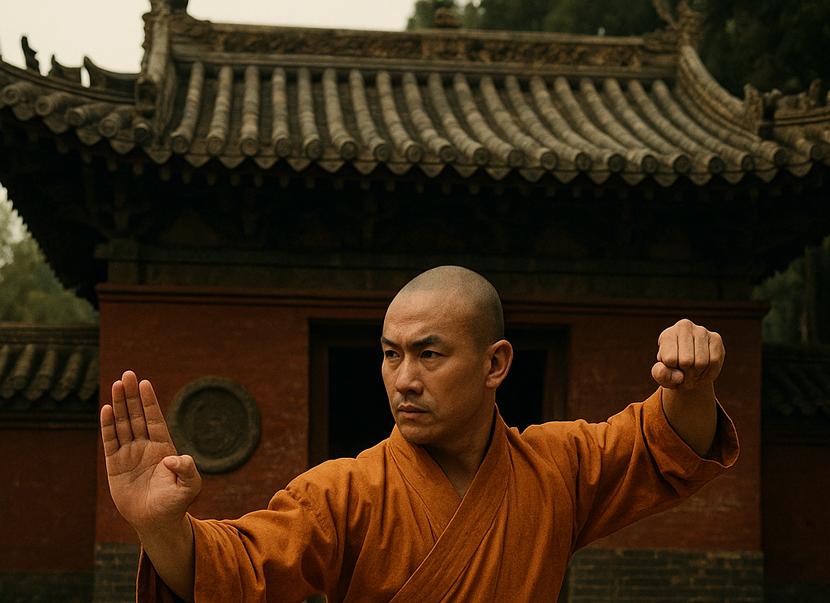еҸӮиҖғж¶ҲжҒҜ

Exhibition honors one of China's key 20th-century talents
An exhibition opened at the China Art Museum, Shanghai (Shanghai Art Museum) on New Year's Eve to commemorate the 180th anniversary of Wu Changshuo's birth.
Wu (1844-1927), a key Chinese artist
He began learning seal engraving at age 14 with the help of his father and "never spent a day without it through the rest of his life", according to Wu's official biography compiled by Anji county.
Wang Qisen, artistic director of the exhibition, chose to focus the exhibition on Wu's creations from 1912 when the artist moved to Shanghai and settled in the city until his death in 1927.
"Coinciding with Wu's settlement in Shanghai in 1912, the city's art scene entered a flourishing period when prominent artists emerged and great talents gathered in the city," Wang says.
The year 1912 saw an important turning point in Chinese history when the Qing Dynasty (1644-1911) was overthrown by the Republic of China and Sun Yat-sen took office as the first president. A number of former high-ranking officials and renowned scholars moved to Shanghai, joining the city's art community.
It was during his later years when Wu achieved his most significant breakthrough as an artist, Wang believes.
"His calligraphy was inspired by the inscriptions on ancient rock drums, bronze cauldrons and rock steles in the Han (206 BC-AD 220) and Jin (265-420) dynasties," Wang says. "His later works were even bolder, sharper and more magnificent вҖ” he integrated classical calligraphic strokes into his paintings and developed a distinctive style deriving from traditional techniques fused with the refined literati aesthetics and values for righteousness and inner strength.
"Wu brought out an unprecedented new look in Chinese ink art and his style continues to have wide and enduring impact today."
Wu traveled extensively in the Yangtze Delta region as a young man, learning calligraphy and seal engraving while building a strong network with fellow artists and intellectuals.
He played a leading role in Shanghai's art community, serving as the founding director of the Xiling Yin She, or Xiling Seals Society. As the head of a number of artistic groups, he led art sales for charity fundraising, compiled poetry collections and played an active role in the establishment of an operative art market.
In 2024, several exhibitions and events at home and abroad celebrated his life and art. The ongoing exhibition at the China Art Museum, Shanghai, is the largest and most comprehensive, displaying 140 of his original artworks along with about 40 works by his friends, students and contemporaries.
Among the exhibits is a painting of peony blossoms created during his brief stay in Shanghai's Pudong area.
"He supported the founding of the Pudong Middle School, the Shanghai East Hospital and collaborated with Qian Hui'an to establish the Yuyuan Calligraphy and Painting Charity Society. These three institutions are still thriving," says Wu Yue, a great-grandson of Wu Changshuo who serves as executive director of the Wu Changshuo Memorial Hall in Shanghai. "Wu Changshuo had a great love for Pudong and Shanghai where he achieved his artistic peak, inspired and influenced by the city.
"The city nurtured him, turning him into a leading figure in the establishment and development of the Shanghai School of Art," he continues. "He also taught many excellent students, such as Pan Tianshou and Liu Haisu, and influenced important artists such as Qi Baishi and Mei Lanfang. Several of these people became cultural pillars of our country."
Wang Yichuan, executive director of the China Art Museum, Shanghai, says the exhibition aims to "not only look back at the glorious history of previous masters and show the cultural heritage of the city but also draw attention to their pursuit for innovation while keeping faith in tradition".
"I believe their approach and principles can still inspire new generations in search of creativity and innovation," Wang Yichuan says.
The exhibition runs until March 31.













